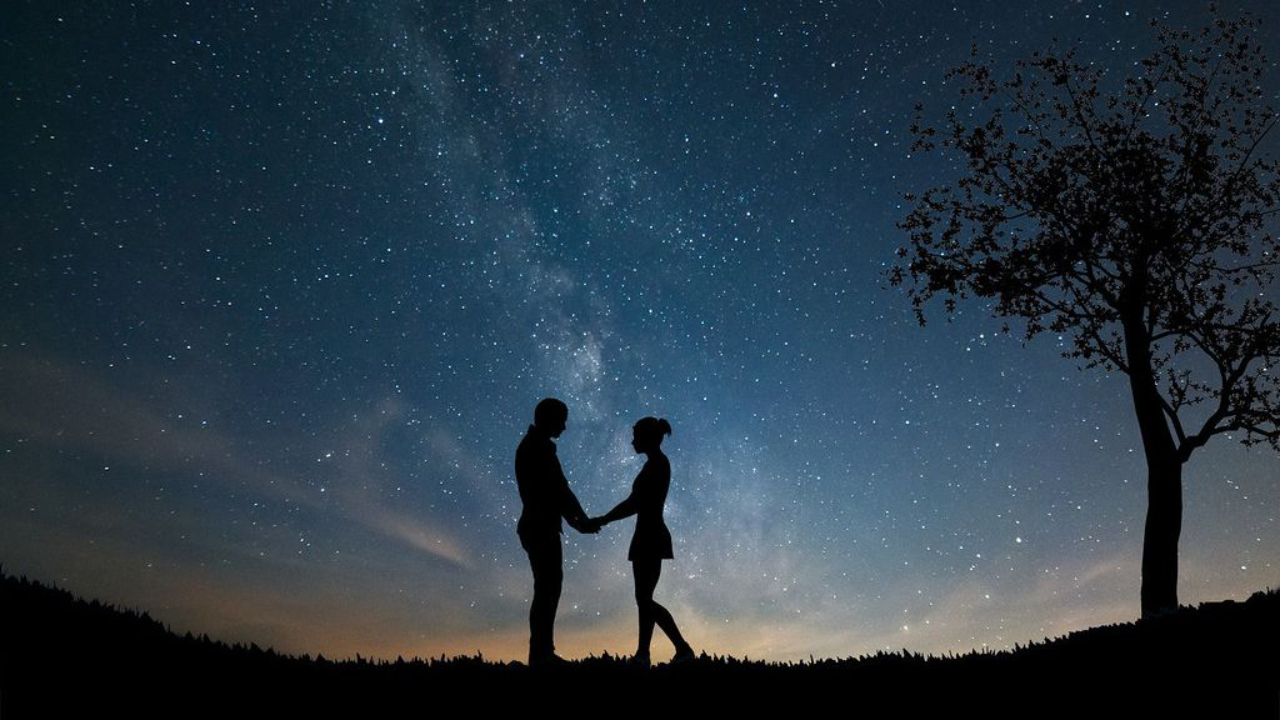The Hug

To be touched in a way that shows compassion and love was difficult for me to fully process.
At the middle school dances, the girls had open arms, but I thought they just wanted two high-fives. Then they came up to me and gave me a big hug. This happened a lot! Almost every time, I was very surprised and would just freeze. I knew they were just being friendly and kind, but it was very uncomfortable for me. For a while that is.
I was used to receiving hugs from family members, but hugs from other people? “What is going on?” I would ask myself. Being touched was a huge thing for me growing up. There were rules I needed to follow. I needed to keep my hands to myself unless I was shaking someone’s hand when introducing myself. That was it. Those were the rules. So when someone I didn’t know gave me a hug I wanted to be kind and not reject the offer; as a matter of fact, I welcomed it.
In my head, this entire situation felt very weird and odd. I didn’t want to break the rule because it wasn’t appropriate to touch others, but when someone else touched me, it was complete chaos in my head. Not a meltdown by any means because I’ve always been a hand shaker, which is my personal preference. But the way I see it, it’s best to let others do the hugging and then I can accept the offer.
Before I started writing Becoming ONE, I started thinking about the topic of touch because it’s a major sensory issue for autistic individuals, and I wanted to share my experience. I always wanted to follow that one important rule not to touch others, but the thoughts still remained. Teachers and parents would say to me, “If you have any questions, ask away,” and most of my sentences were mostly questions. So I asked them about the whole hugging thing from other kids my age. They answered that everyone is different when it comes to companionship. Hugging can be a way to show support, comfort, and love. And other times, it’s just a way of saying I like you.
I learned from video examples that a hug is not always the most socially appropriate way to greet a friend; instead, a high-five, fist bump, or handshake may be better. The world is full of different etiquettes ranging from bowing to kissing someone on the cheek. All these different forms of greetings have always fascinated me.
Once I learned how to master the hug with others by social cues, I felt like I had won the day! To me, it was a big deal, not because it felt good to have that kind of appreciation or because I have autism, but because there were so many times when I thought I was different and would stay different. But moments like these remind me that I have a place here, and the people who hug me want me to stay.
When it comes to autism, sharing similar experiences can help us better understand each other—even by the smallest and the sweetest of actions.
So, I say, hug everyone—provided they want to be hugged.
